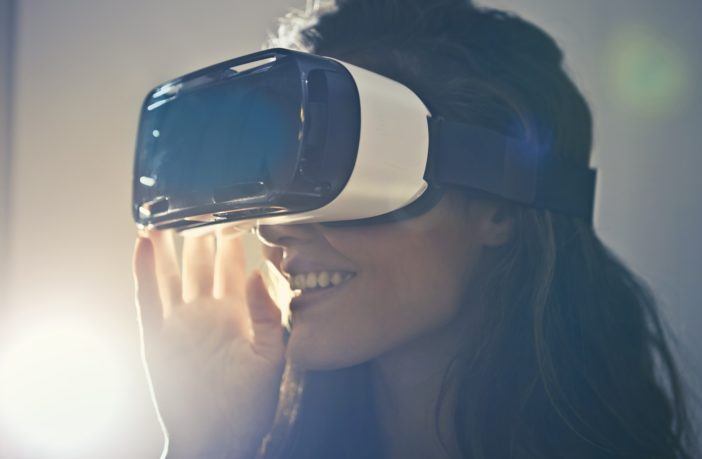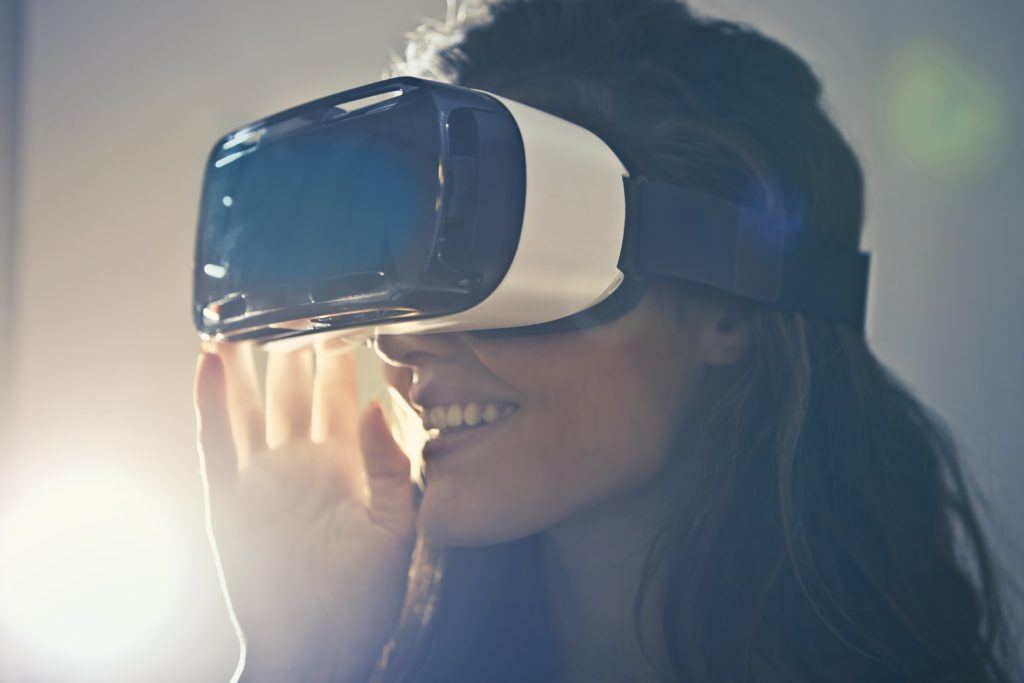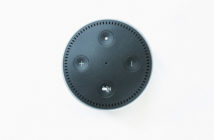You’ve seen it in gaming stores, and in ads for immersive entertainment everywhere. We’re talking about VR – and especially VR headsets.
Through virtual reality, we can be superheroes, hyper-creative, and everything else we dreamed of as children. But once you consider the price tag on these devices, you may find yourself asking – do you really know everything you need to about VR?
What’s the difference between virtual reality and augmented reality? Which device is the better model?
In this guide, we’ll discuss everything to do with the virtual reality headset and its impact on our way of life, so you can be better informed – and perhaps make a better buying decision.
Contents
Defining Virtual Reality
To start off, let’s ask: What is virtual reality?
Surprisingly, VR has existed for over 50 years! According to Tim Moynihan of Wired, the 1960s introduced us to virtual reality through immersive stereoscopic videos, and the motion-tracking headset debuted in 1961.
Even something like Google Street View, which has entertained and aided us over the last few decades, is a form of virtual reality.
At its simplest, virtual reality is, according to The Virtual Reality Society, a three-dimensional, computer-generated environment which can be explored and interacted with.
By “three-dimensional,” this means that virtual reality is immersive. It accesses all of our senses, if it’s good, and makes us feel as though we’re in a different world.
“Computer-generated” is, perhaps, a newer add-on to this definition, because as computers have evolved, so have the worlds they can create. This new world we experience through VR is made of pixels and code and is far more advanced than its 60s counterpart.
Without a close-reading of the definition, virtual reality and virtual reality goggles are tools that let us create our own individual environment outside of the one we’re more familiar with. That freedom opens up a great number of opportunities for us.

Virtual Reality and Augmented Reality: A Comparison
Virtual reality is, in fact, different than augmented reality. Augmented reality, as Husain Sumra of Wareable describes, is a kind of reality-changing device as opposed to a device or idea that creates an entirely new reality.
Think of it this way: virtual reality allows you to create a space that is entirely your own. Augmented reality allows you to layer graphics and settings over the world you’re familiar with, building off of what already exists.
For example, think of Pokémon Go. The ability to layer a Pikachu sprite over a camera feed of your home or local park is augmenting – or altering – your existing reality.
However, virtual reality is more in line with Beat Saber, wherein a completely new world is created that is entirely separate from your normal environment.
There are augmented reality headsets and glasses available together, such as Microsoft’s Hololens, but these headsets aren’t quite the same as VR headsets because of that reality building separation.
Using Virtual Reality Goggles
With that separation established, we can begin to explore the different uses for virtual reality.
Of course, there’s gaming; the Oculus Rift has a litany of games available for people to play in their downtime.
However, virtual reality has also helped astronauts train for space missions and people around the world to tour museums.
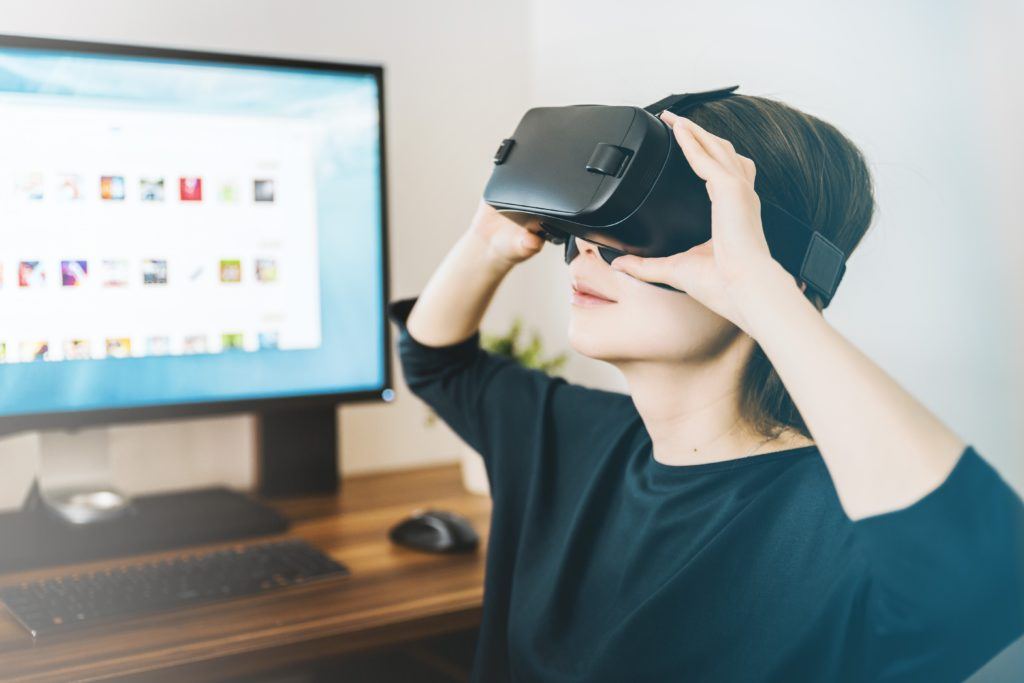
Disney animator Glen Keane also released a video in 2015 showing the ways that virtual reality can aid artists by providing them with a three-dimensional canvas to work on.
The benefit of VR is in allowing users to experiment in a space that has few to no consequences and limitations.
Artists like Keane can develop masterpieces that are life-sized and utterly unique. Astronauts can undergo training in harrowing situations without actually fearing for their lives or the safety of their crew.
People who enjoy playing video games can embrace the escapism and better appreciate the work of developers behind their favorite games.
Even though virtual reality operates in three dimensions, just like the day-to-day world, it offers the opportunity to look at your hobbies, work, and lessons from an entirely new perspective.
Understanding the VR Headset
If VR lets us create a new world with code and pixels, then how does the VR headset come into play?
Once we consider the immersive levels VR requires, we can develop a better idea of how these headsets and goggles operate.
This video explains more on VR and augumented reality.
How to Use a VR Headset
According to the Virtual Reality Society, VR headsets work best when they operate in tandem with human physiology.
Take, for instance, the human range of vision, which the VR Society says is roughly 180 degrees. For a VR headset to make us feel immersed, it needs to accommodate that range of vision.
Likewise, the audio that a headset projects needs to be spatial; if a sound is coming from behind a person wearing the headset, then an audio engineer needs to account for the 360-degree range of space the wearer is hypothetically working from.
So far, smell and taste haven’t really entered the VR market – and perhaps for good reason – but motion has been considered.
The VR Society continues the exploration of immersive levels, by mentioning that some VR headsets make use of treadmills and gloves. This ensures that users can interact with their virtual space as effectively and realistically as possible.
It’s slow going, but the days of full dive may not be too far away from us!
Getting Immersed
Achieving that perfect immersion isn’t easy. Integrating advanced technology of this nature into a headset requires engineering that keeps track of a body and its most trifling motions.
Learning how to use a VR headset, then, requires learning how the VR headset is meant to interact with your body.
Basic Set-Up
The way you connect your VR headset to any of your gaming devices or work computers will vary, based on the technology you have available to you.
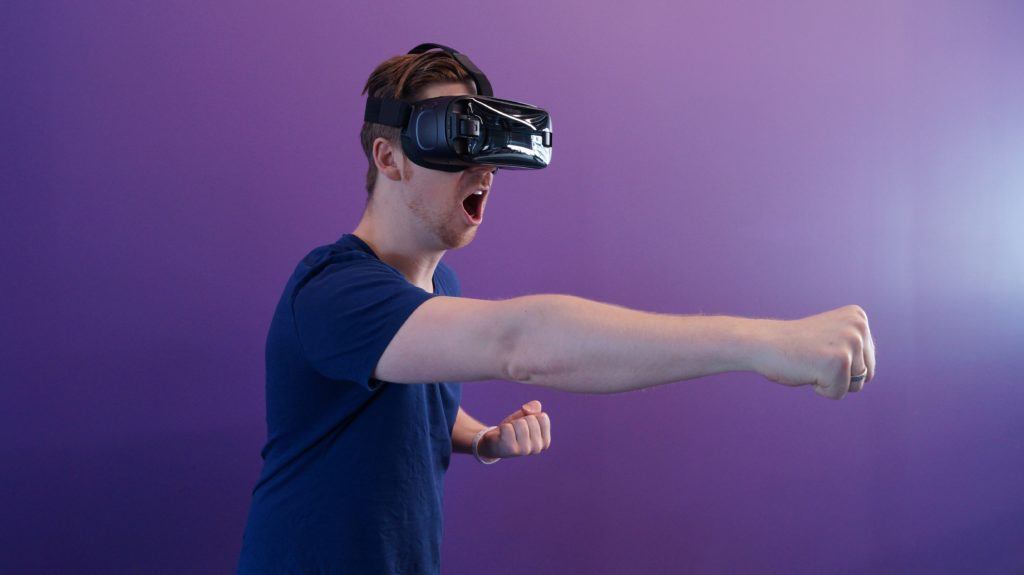
The general set-up of a headset, though, is fairly simple. Most headsets will be placed on your head (as expected) and secured with an elastic band.
You’ll connect it through Wi-Fi or Bluetooth to a device, so as to prevent wires or cords getting in your way during the experience.
From there, the technology in the headset will begin to track your motions. This allows it to better integrate you into your favorite video game or digital work environment.
Head Tracking
According to Sophie Charara of Wareable, most virtual reality glasses track the motions of your head, so the picture you’re viewing in your 360-degree environment is an appropriate one.
Charara highlights a system called 6DoF, or six degrees of freedom, which she says places your head on an X, Y, Z axis in order to keep precise track of where your gaze is landing and how your body is positioned in relation to that gaze.
In order to track head position, VR headsets need to make use of gyroscopes, accelerometers, and magnetometers (which we’ll touch on shortly).
The Virtual Reality Society goes into detail on all of these elements, but each warrants a quick definition.
Gyroscopes work in much the same way six degrees of freedom do, operating with a spin axis, gimbal, and rotor in order to orient the gaze and keep track of the gaze’s velocity of motion.
Accelerometers keep track of the speed at which the gaze moves.
Magnetometers keep track of the magnetic field on Earth – which may seem like an excessive unit of measurement to consider, save for when you associate magnetism with the cardinal directions.
When VR headsets use their magnetometers, they’re able to orient their user to the cardinal North and add another establishing element to the positioning of the user.
Eye Tracking
You may think that eye tracking is just a smaller version of head tracking when it comes to VR, but that’s not entirely the case.
Ben Lang of Road To VR highlights the fact that our vision and ability to see detail is actually extremely limited. As such, virtual reality needs to attend to that limited view and make sure that all of the details users are meant to see get noticed.
Eye tracking, then, can ensure that the most important elements of a virtual setting are available and not obscured by anything else on the screen.

Likewise, eye-tracking further individualized the VR environment, because eye-tracking technologies can measure the distance between a person’s eyes, thereby altering the visual environment to suit each user.
You wouldn’t want your experience to be skewed just because your eyes are slightly different than the next person’s!
Motion Tracking
Finally, there is motion tracking to consider.
A VR system that is aware of the movement of your body is able to turn that physical representation into data, which then influences what you see while in a virtual environment.
That’s what ensures that when you try and interact with a tool or detail in that virtual environment, you’re able to pick it up, manipulate it, and observe it effectively.
With motion tracking, we return to the six degrees of freedom.
Writers at OnlineCMag highlight that motion tracking doesn’t necessarily mean that your VR headset is aware of the entire position of your body, but rather the yaw, roll, and pitch of your head.
There are other attachments, though, that VR systems can be made use of, like special gloves or omnidirectional treadmills. These can also give the system data and make your VR experience all the more immersive.
Currently Available Headsets
All that information may cause you to feel overwhelmed, and that’s pretty understandable. Virtual reality and VR headsets are complicated things.
However, the different companies advertising their virtual reality headsets make the process a little easier to understand.
Google Cardboard
Tim Moynihan of Wired refers to Google Cardboard’s virtual reality set-up as one of the best VR headsets for newbies.
While significantly cheaper than the competition, Google Cardboard requires you to download the Cardboard app on your phone, attach your phone to a portable headset, and to then play as you will.
Since the headsets are made out of cardboard, too, they’re semi-difficult to break, easy to produce, and super affordable – ideal, as Moynihan says, for people just getting familiar with VR.
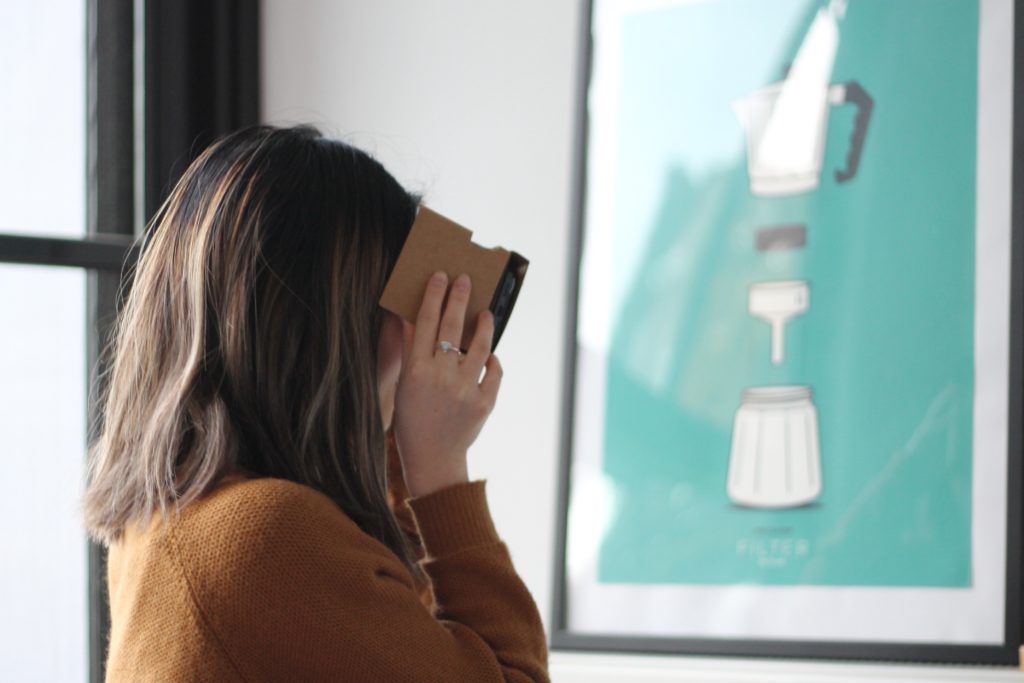
Oculus Rift
The Oculus Rift is one of the best known VR systems to date, as it was one of the most advanced to arrive on the consumer scene early into the rise of VR.
Sherri Smith of Tom’s Guide highlights the trademark appeal and the appearance of the Oculus Rift, which has set the precedent for other VR systems: that of the ski goggle-esque headset worn over the eyes that entirely obscures the vision.
You’ll see other leading brands mimicking this build, such as the HTC Vive, which includes hand-held controllers for people to use when interacting with their digital environment.
If you’re a little more familiar with virtual reality and want a system that is ever-evolving, thanks to its affiliation with Facebook, then the Oculus Rift or similar brands of virtual reality headsets may be right for you.
VR and the Smartphone
Alternatively, as was touched on with Google Cardboard, your phone may be able to serve as a virtual reality headset.
Most smartphones have gyroscopes, accelerometers, and magnetometers in them already.
When the right app is downloaded and the phone is attached to a homemade or store-bought headset, people can experience a version of VR immersion comparable to that found in more expensive systems.
Awesomely Techie touches on the sheer availability of smartphones as one reason that this version of the VR headset is likely to take off in the near future.
All we can do is wait and see where VR is set to go next.
This video shows an example of a virtual reality headset.
Conclusion
Understanding the processes behind VR isn’t always easy, but it can be a fun addition to your hobbies or work environment.
With the accessibility of this new technology on the rise, maybe we’re headed towards the Matrix after all – though it may be a Matrix itself that we get to control.
Have you tried using a virtual reality headset?

